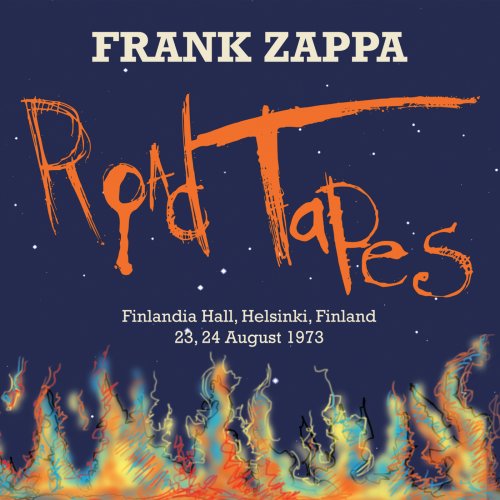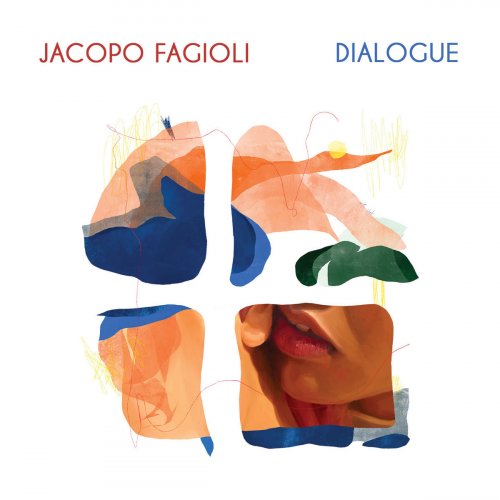Mats Eilertsen - Rubicon (2016)
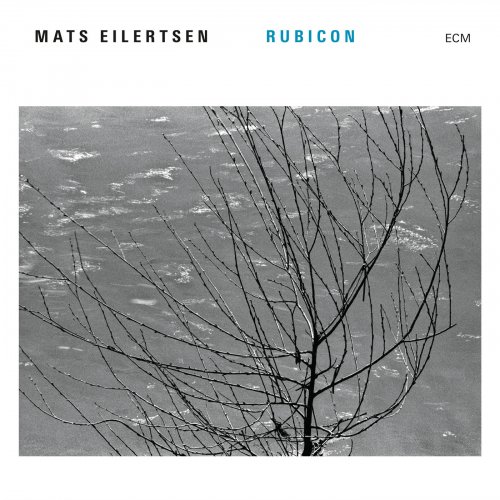
Artist: Mats Eilertsen
Title: Rubicon
Year Of Release: 2016
Label: ECM
Genre: Jazz
Quality: FLAC (tracks) / MP3 320 Kbps
Total Time: 54:29
Total Size: 261 Mb / 142 Mb
WebSite: Album Preview
Tracklist: Title: Rubicon
Year Of Release: 2016
Label: ECM
Genre: Jazz
Quality: FLAC (tracks) / MP3 320 Kbps
Total Time: 54:29
Total Size: 261 Mb / 142 Mb
WebSite: Album Preview
1. Canto 5:33
2. Cross The Creek 2:18
3. March 8:03
4. Balky 6:44
5. Lago 6:57
6. BluBlue 7:24
7. Wood And Water 2:03
8. September 7:58
9. Reminiscent 4:35
10. Introitus 2:21
Performers:
Trygve Seim, tenor and soprano saxophones
Eirik Hegdal, soprano and baritone saxophones, clarinet, bass clarinet
Thomas T Dahl, guitar
Rob Waring, marimba, vibraphone
Harmen Fraanje, piano, Fender Rhodes
Mats Eilertsen, double bass
Olavi Louhivuori, drums
The result of a VossaJazz Festival commission by Trude Storheim in April of 2014, Rubicon presents bassist and longtime ECM sideman Mats Eilertsen as a leader in his own right. At its core is Eilertsen’s Skydive Trio with guitarist Thomas T Dahl and drummer Olavi Louhivuori. To that nexus he adds saxophonists Eirik Hegdal and Trygve Seim, pianist Harmen Fraanje, and vibraphonist Rob Waring for an eminently integrated atmosphere.
The album ends where others would begin: with an “Introitus” of inward proportions. This trio for bass clarinet, bass, and marimba reconfigures finality as an open door, turning the very idea of a destination in on itself until the journey becomes self-fulfilling. “Wood and Water” explores freely improvised territory with the same combination of instruments in the set’s emotional zenith.
Particular musicians lend sanctity to the unplanned. Fraanje projects his cinematic monologue “Cross the Creek,” while Dahl treads meteorically across the expanse of “BluBlue” without ever looking down. “Balky” and “Lago” highlight the reed players, building towering intimacies from base elements at one moment, while at the next slicking city streets with late-night rain.
These attentive bandmates find deepest traction when working together, for unity is the wellspring of their integrity. We find it in the opening “Canto,” a roving suite of sun and shade from which Seim and Hegdal draw out hidden voices; in “March,” which unfurls its shimmering wingspan by way of vibraphone and guitar; and in “September,” which rewrites its own grammar as it goes along. In each of these scenes, sentiments are pulled as if by horse carriage toward spontaneous horizons.
Through it all, Eilertsen is an undeniable force, bearing his lyrical ache on a pillow of total respect for creation and the opportunity to share it.
The album ends where others would begin: with an “Introitus” of inward proportions. This trio for bass clarinet, bass, and marimba reconfigures finality as an open door, turning the very idea of a destination in on itself until the journey becomes self-fulfilling. “Wood and Water” explores freely improvised territory with the same combination of instruments in the set’s emotional zenith.
Particular musicians lend sanctity to the unplanned. Fraanje projects his cinematic monologue “Cross the Creek,” while Dahl treads meteorically across the expanse of “BluBlue” without ever looking down. “Balky” and “Lago” highlight the reed players, building towering intimacies from base elements at one moment, while at the next slicking city streets with late-night rain.
These attentive bandmates find deepest traction when working together, for unity is the wellspring of their integrity. We find it in the opening “Canto,” a roving suite of sun and shade from which Seim and Hegdal draw out hidden voices; in “March,” which unfurls its shimmering wingspan by way of vibraphone and guitar; and in “September,” which rewrites its own grammar as it goes along. In each of these scenes, sentiments are pulled as if by horse carriage toward spontaneous horizons.
Through it all, Eilertsen is an undeniable force, bearing his lyrical ache on a pillow of total respect for creation and the opportunity to share it.
DOWNLOAD FROM ISRA.CLOUD
Mats Eilertsen Rubicon 16 0705.rar - 261.7 MB
MP3 Mats Eilertsen Rubicon 16 0705.rar - 142.9 MB
Mats Eilertsen Rubicon 16 0705.rar - 261.7 MB
MP3 Mats Eilertsen Rubicon 16 0705.rar - 142.9 MB
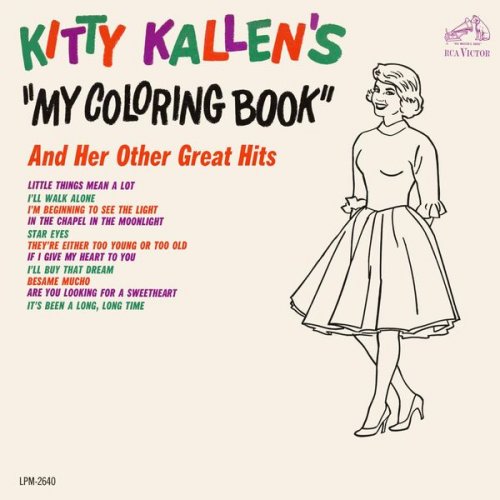
![The Baroque Jazz Ensemble - The Baroque Jazz Ensemble (feat. Ira Schulman) (2025) [Hi-Res] The Baroque Jazz Ensemble - The Baroque Jazz Ensemble (feat. Ira Schulman) (2025) [Hi-Res]](https://img.israbox.com/img/2025-12/19/yehoqbmzkuwk180c26lz85clx.jpg)
![Frank Sinatra, Count Basie - It Might As Well Be Swing (1964) [2021 SACD] Frank Sinatra, Count Basie - It Might As Well Be Swing (1964) [2021 SACD]](https://www.dibpic.com/uploads/posts/2025-12/1766090910_scan-1.jpeg)
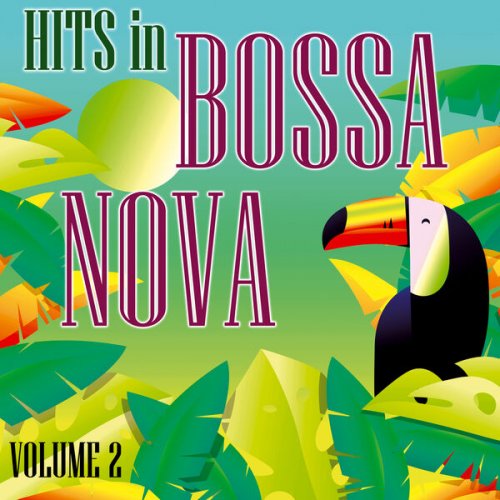
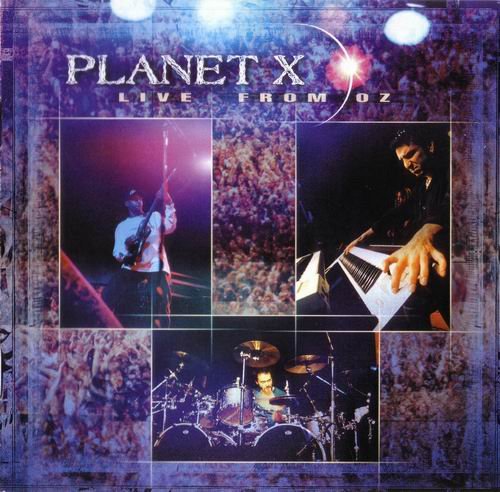
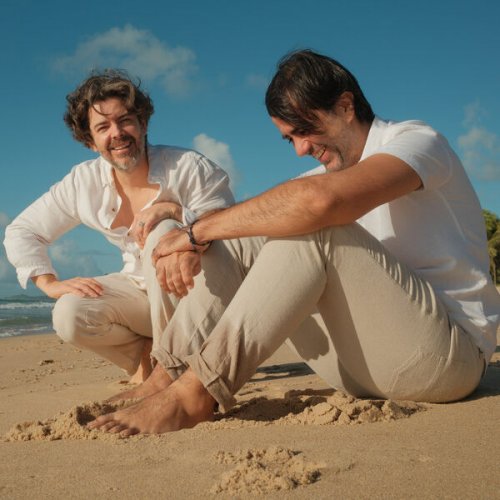
![Wadada Leo Smith - Divine Love (1979/2025) [Hi-Res] Wadada Leo Smith - Divine Love (1979/2025) [Hi-Res]](https://www.dibpic.com/uploads/posts/2025-12/1765802240_cover.jpg)
